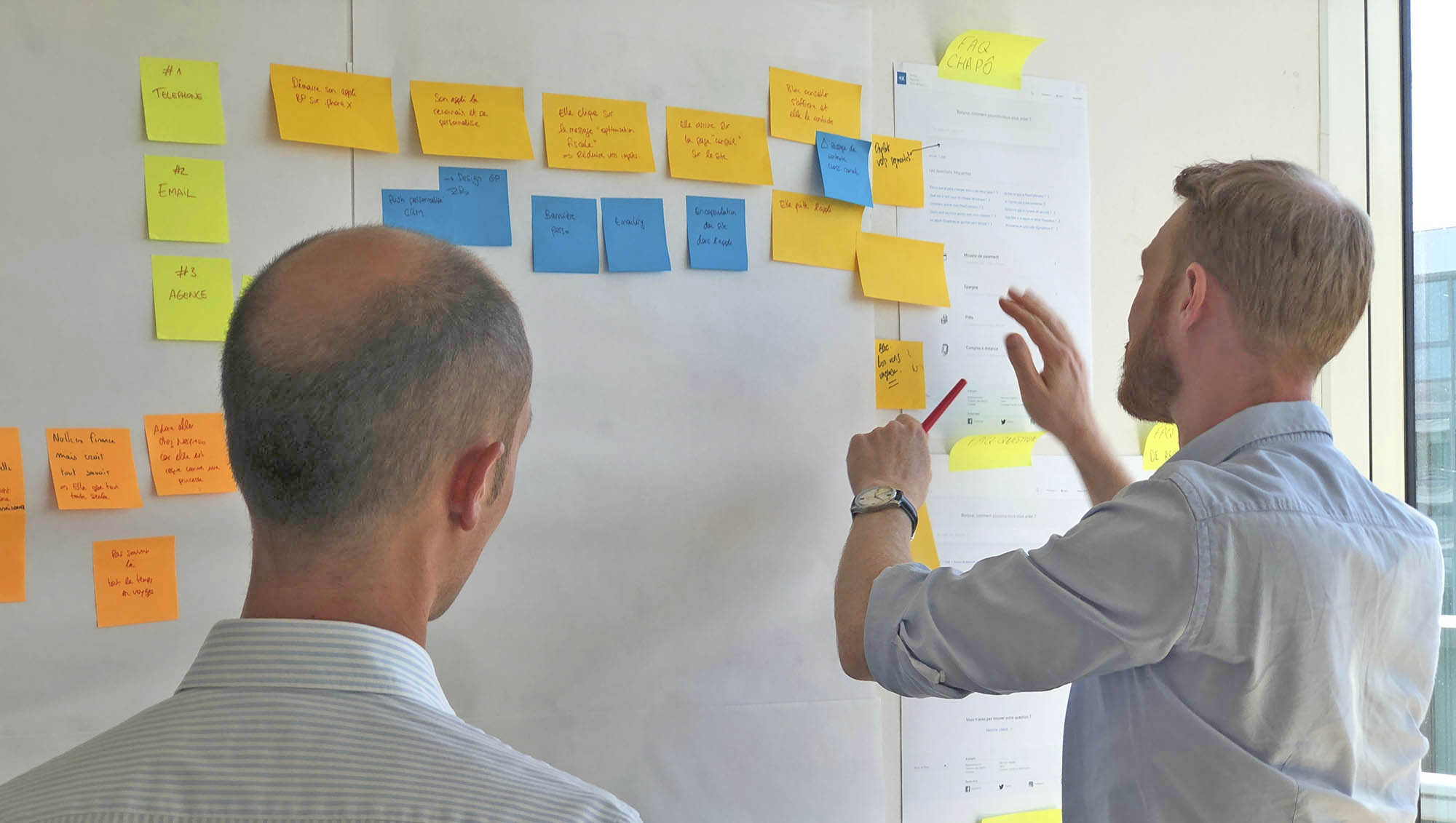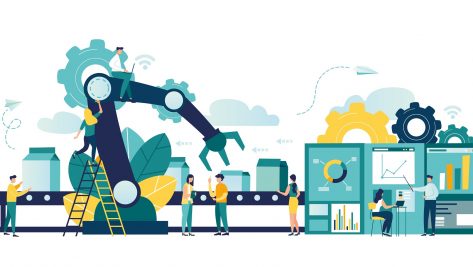Law firms once viewed themselves as service providers, but about 20 years ago they began presenting themselves as experts with access to information that was unavailable to their clients. With the advent of the Internet age, things have once again changed substantially. Nowadays, buyers of legal services expect a bit more.
The current transformation, driven by innovation and collaboration, will translate into the creation of valuable services. However, law firms face a challenge: they must acquire a new skillset and adopt a mindset more akin to that of innovators who approach problem-solving from a different angle.
Like any category of professionals, lawyers share a series of characteristic traits. Like leaders, lawyers are focused on problem-solving and have a strategic vision. The difference is that lawyers are combative, critical, and rules-oriented. Their default stance is adversarial. In contrast, leaders are creative, empathetic, collaboration-oriented, and willing to take risks.
Legal professionals must integrate the mindset of leaders and innovators into their way of providing services. They must be observant, develop relationships, and build networks, while constantly questioning everything in their search for solutions. Asking the right questions is the key to offering clients the right solution.
Legal professionals must integrate the mindset of leaders and innovators into their way of providing services. They must be observant, develop relationships, and build networks.
What skills are needed?
Legal service providers should have three layers of skills. The first layer consists of specific capacities related to three factors: the organization that the lawyers work for or to which they provide their services; the services themselves; and technological factors. This layer includes skills related to project management, technology, leadership, feedback, sector-specific knowledge, knowledge of the clients’ businesses, marketing, social media, communication, public speaking, and mentoring.
The second layer includes so-called “collaborative” skills as well as skills related to finding creative solutions. These include empathy, a growth mindset, inclusiveness, relationship-building, audacity, multidisciplinarity, diversity, etc. When it comes to team-building, diversity is sometimes misunderstood. It is worthwhile to have people of different cultures, races, and religious beliefs not because of these differences per se, but because of the problem-solving approaches that emerge in diverse groups.
The third layer, consisting of client- and service-focused skills, is where we find true innovation. These skills—the true source of leadership—are what set some legal professionals apart from the rest.
Traditionally, lawyers have focused on developing first-layer skills. Little effort has gone into the second layer, and the third layer has been all but neglected.
Fortunately, there is a methodology that can help law firms integrate innovation into their teams and structures, which in turn fosters the incorporation of second- and third-layer skills—all of which translates into better service for clients.
The key is to understand the project’s purpose and rationale and reach a series of agreements on the basis of this essential information.
The 3-4-5 Method of Innovation
The 3-4-5 Method of Innovation that I created can be divided into three phases (a more detailed description can be found in my book, Legal Upheaval: A Guide to Creativity, Collaboration, and Innovation in Law).
Phase 1 is a brief yet fundamental process of disinhibition that helps team members to get to know each other and generate a climate of trust, the absence of which can undermine teamwork.
Phase 2 is when collaboration really gets underway. Team members are selected, subgroups are created, and roles are precisely defined. With a clear understanding of their functions, team members perform better in their respective roles and contribute more ideas.
Finally, in Phase 3, participants analyze and measure their successes and failures, leaving the door open to future progress.
The 3-4-5 Method of Innovation also involves five steps. Step 1 is to explore and investigate the challenge, background, and big picture. This requires a broad investigation involving other people who can provide information about whether the challenge in question has previously been addressed and whether any solutions have already been developed.
Step 2 is to find and refine the problem. Background information obtained in Step 1 can be used to whittle down the scope of the challenge. Major projects can be split into several smaller projects and assigned to different teams.
Step 3 involves a task that is fundamental to any teamwork endeavor: defining, understanding, and empathizing with the target audience. Collaboration is impossible if the team members do not share the same vision of the challenge.
Step 4 is to solve the problem. And finally, Step 5 is to plan, assess, and test by building a business case and pitching the idea.
The ultimate aim is to reach a P.A.C.T., which stands for purpose, agreements, creative cadence, and timing. The key is to understand the project’s purpose and rationale and, on the basis of this essential information, reach a series of agreements on topics such as roles and communication styles, which are especially useful for multidisciplinary teams. With this commitment and creative cadence, participants can provide legal services that are better aligned with the demands of today’s clients.
© IE Insights.











